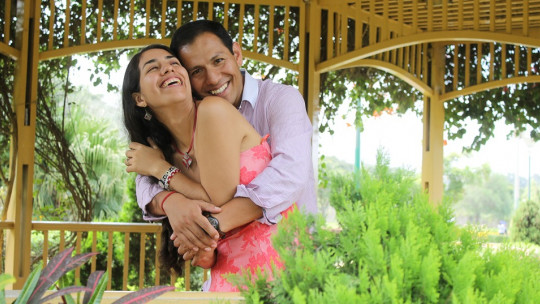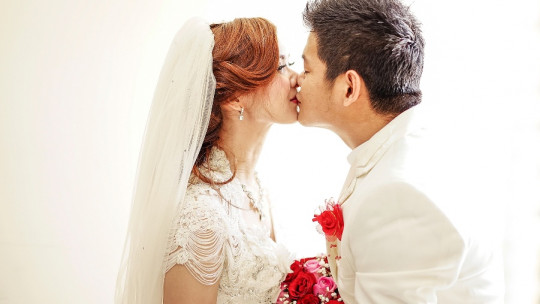The concept of a “happy couple” is significantly controversial We cannot speak in any case about the existence of couples with a happy or problematic character in themselves. Instead, we could refer to members of a couple whose personal characteristics could be more similar or different.
Regarding the latter, we usually experience two erroneous thoughts; Either we believe that opposites attract, or we insist on looking for a soul mate.
In both cases, we would tend to overlook that the key to success would focus on the learning acceptance and adaptation skills of those characteristics of our partner that we had not considered could occur, but that are also part of everyday life, such as: that they do not squeeze the toothpaste bottle in the place that we do, or that they wake up in a bad mood in the mornings.
So, what ingredients is the happy couple made up of?
The logic of the problematic relationship
When the first conflicts or differences appear , some people believe that they are not in front of their better half, or that love is over. It is at this moment when it is essential to stop and analyze what is happening, avoiding making decisions driven by a high level of emotional activation.
At this critical point for the couple’s relationship, two fundamental factors will determine its destiny:
Functioning of non-problematic couples
The functioning of “happy” or non-problematic couples constitutes a circular process that develops as follows:
- You manifest a pleasant behavior towards your partner
- Your partner perceives this behavior and feels motivated to behave pleasantly towards you
- As you receive pleasant behaviors from your partner, you see their pleasant behaviors rewarded, and you also feel greater motivation to behave pleasantly with your partner again.
Functioning of problematic couples
For its part, the functioning of conflictive couples constitutes a process in the form of a negative vicious circle:
- You express unpleasant behavior towards your partner.
- Your partner perceives this behavior and feels motivated to behave unpleasantly as well.
- As you receive unpleasant behavior from your partner, you feel hurt, and more motivated to behave unpleasantly with your partner again, and respond in the same way you have done.
In this case, a vicious circle would develop in which you avoid doing nice things that your partner likes, because your partner doesn’t do the things that you like and vice versa.
Both functioning processes, both that of happy couples and that of conflictive couples, constitute a whiting that bites its tail.
However, once the vicious conflictive or negative cycle begins, the level of emotional activation prevents couples from stopping to analyze what is happening to identify what are the factors that maintain the problem at present and that cause it to last over time. In this way, the focus of attention would not be on the origin of the problem, but on the continuation of the problem today.
At this point, we will probably detect a deficit in skills for analysis, coping or solving problems, and/or communication problems as a couple. In most cases, the origin lies in subtle conflicts, irrelevant problems , anecdotal details, to which we have given great meaning, and about which we have developed a whole series of negative emotions and dysfunctional thoughts. It is those insignificant details that, many times, keep us away from that ideal of a happy couple.
Communicate more to resolve conflicts
From what we have seen, we can conclude that empathy and communication are elements that, in minimal doses, are capable of resolving many conflicts. It is worth taking into account the value of dialogue, mutual understanding and reasoned analysis of the situation.









